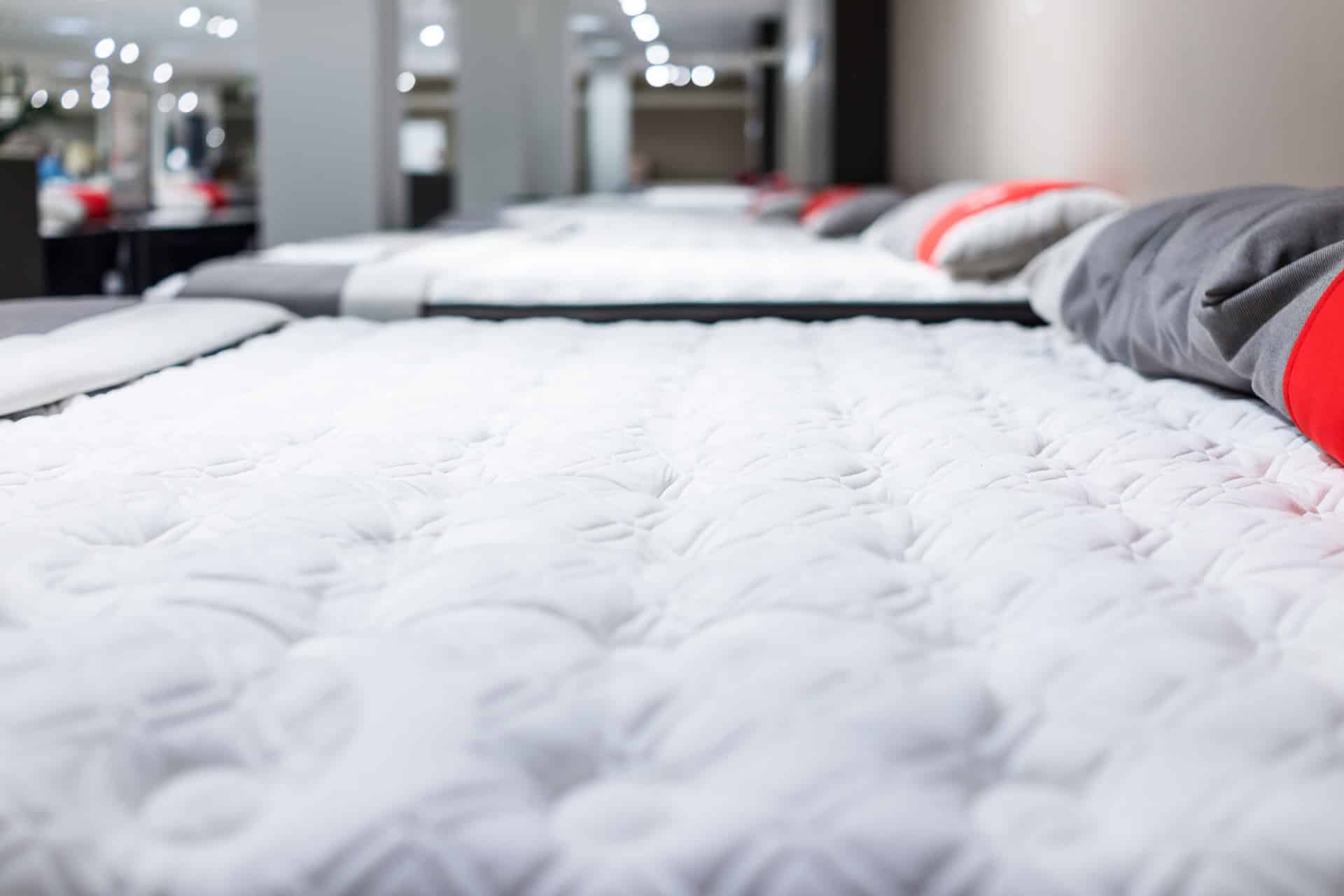How to Sleep With Back Pain
If you are routinely forced to deal with back pain, you should know that you’re certainly not alone. Lower back pain has been identified as the leading cause of disability all around the world. The interesting part about this is that for the most part, back pain is not caused by any serious medical condition, but is more frequently triggered by bad posture, stress, or awkward sleeping positions. If you’re forced to live with lower back pain, here’s how you can cope with it when sleeping.
On your side, pillow between your knees
Many people who have lower back pain feel uncomfortable when lying flat on their back. If you shift over to one side, some of this discomfort can be relieved. Let your shoulder make contact with the mattress, as well as the rest of your body on that side, and place a pillow between your knees. Don’t always sleep on the same side, because this can create an imbalance between your muscles. By having a pillow placed between your knees, it will keep your pelvis, hips, and spine in better alignment, and that should help to relieve your back discomfort.
On your side, fetal position
For anyone who has undergone a herniated disc, a preferred sleeping position might be on your side, while curled up in a traditional fetal position. Start by laying on your back and then roll over onto a particular side. Then you should tuck your knees in toward your chest, and curl your torso in the direction of your knees. Make sure to switch sides occasionally, so that no muscle imbalances develop. By curling up into a fetal position, you will be relaxing the space between vertebrae, and relieving pressure on the spine.
On your stomach, pillow under the abdomen
It’s generally not a good idea to sleep on your stomach when you have lower back pain, because this can add stress to the neck area. However, if you do find that sleeping on your stomach feels more restful, you should not force yourself into any other position. Instead, put a pillow under your lower abdomen and pelvis, so as to relieve pressure from your back. If this position isn’t quite comfortable enough, you may want to add a pillow under your head. Anyone with a degenerative disc disease would probably benefit from sleeping on their stomach with a pillow under the abdomen. This can relieve stress between the disks of the vertebrae.
On your back, pillow under the knees
Some people feel most comfortable sleeping on their back, and if this is your preferred position, you should start by laying flat on your back. Then place a pillow beneath your knees, while keeping your spine in place. The pillow will work to maintain the curve in the lower part of your back. If necessary, add a rolled-up towel under the small of your back for additional support. When sleeping on your back, your weight tends to be evenly distributed across most of your body. That means you’ll be placing less strain on the various pressure points, and you’ll be able to maintain better spinal alignment.
On your back, reclining position
If you’re a person who feels most comfortable when relaxing in a recliner, you may also want to sleep in a similar position. You might want to invest in an adjustable bed, so that you can get the most support and the best alignment when sleeping. People who have isthmic spondylolisthesis must endure a situation where one vertebra slips over the one below it. In this case, reclining might actually help your back out a great deal, because it produces an angle between the trunk and the thighs, and this helps relieve pressure on your spine.





